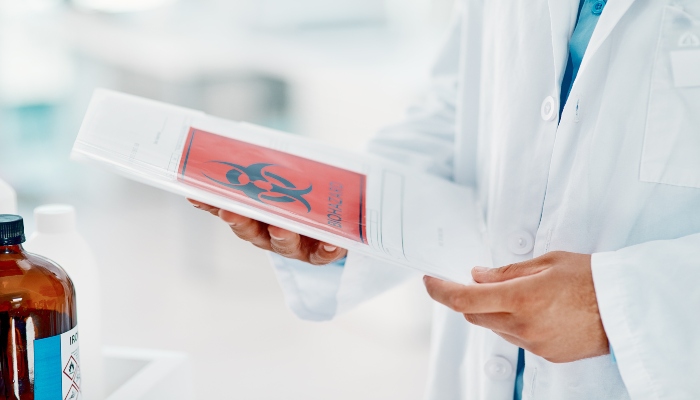A job hazard analysis is a systematic process of evaluating a specific job task and identifying potential hazards before they result in injury, illness to workers, or worse. By assessing the risk for hazards, you can create controls that can help eliminate or minimize those hazards.
The Benefits of Job Hazard Analysis
Improved safety:
The primary benefit of a job hazard analysis is improved safety. By identifying and evaluating the hazards associated with a specific job or task, organizations can determine the controls needed to eliminate or minimize those hazards. This can help reduce the risk of accidents and injuries in the workplace.
Enhanced productivity:
By eliminating or minimizing hazards, organizations can create a safer and more efficient work environment, which can help improve productivity and allow for a more positive workplace production.
Improved compliance:
A job hazard analysis can help organizations identify and address potential hazards that may violate regulations or industry standards. This can help organizations avoid fines and other penalties, and can also improve their reputation.
Enhanced risk management:
By identifying and evaluating the risks associated with specific hazards, organizations can improve their risk management efforts and better protect their employees and assets.
Improved morale:
A safer work environment can improve employee morale, as workers will feel more confident and secure in their work environment. This can lead to increased retention and reduced absenteeism.
How to Conduct a Job Hazard Analysis
Checklists, specifically coordination checklists, are often designed for situations in which multiple people are working on a single task or assignment. To conduct a job hazard analysis, the following steps are typically followed:
Step 1: Identify the job tasks
The first step in a job hazard analysis is to identify all of the tasks associated with a specific job. Assessing what needs to be done allows for a more organized task sheet and objective markers.
Step 2: Identify the hazards
The next step is to identify the hazards associated with each task. This may involve observing the work being performed, reviewing accident and injury data, and consulting with workers and other experts. The inspection must be thorough and accurate, as improper identification may create even more hazards in the future.
Step 3: Evaluate the risks
Once the hazards have been identified, the next step is to evaluate the risks associated with each hazard. This may involve assessing the likelihood of the hazard occurring and the severity of the potential injury or illness. By doing so, you’re able to determine which risks or hazards need to be worked on as soon as possible. Delegate manpower to each risk accordingly.
Step 4: Determine the controls needed
Based on the risk assessment, the next step is to determine the controls needed to eliminate or minimize the hazards. This may involve implementing engineering controls like modifying the work environment or equipment or implementing administrative controls such as changing work procedures or providing training.
Step 5: Implement the controls
The final step is to implement the controls determined to be necessary during the risk assessment process. Through the organized task sheet, evaluations, and controls needed, you can implement all these settings and objectives. Implementing controls is a continuous process that also involves monitoring progress and making adjustments, especially when a control proves to be unsuccessful or lacking.











